LET’S MAKE A SAFER WORLD FOR ALL.
Australia is one of the safest, healthiest, and most generous countries in the world.
Yet, our aid contribution has fallen to only 0.65% of the Federal Budget.
Rebuilding Australian aid to the modest level of 1% of the Federal Budget, is a small step that would have a huge impact.
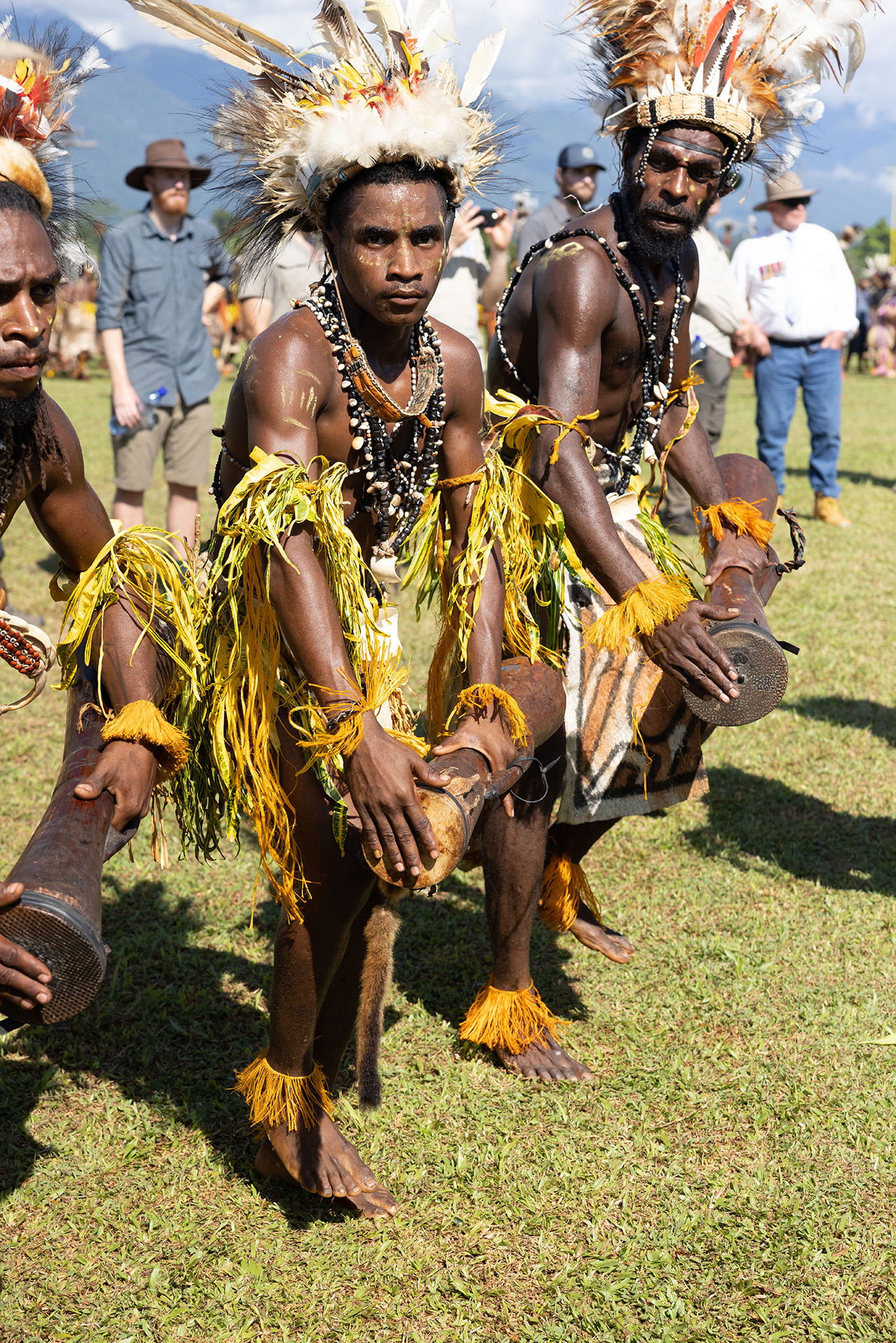
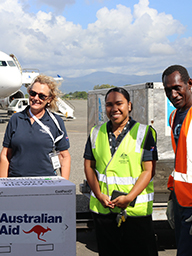
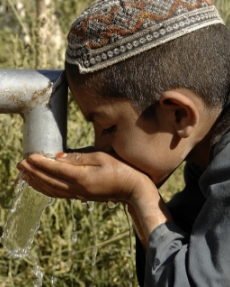
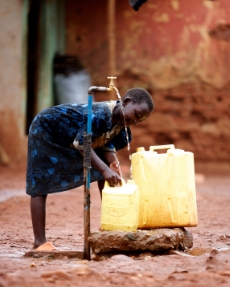
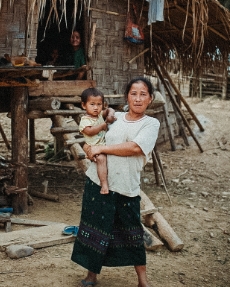

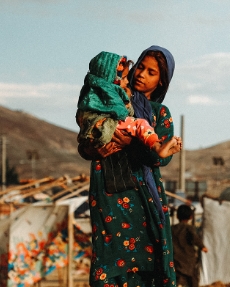
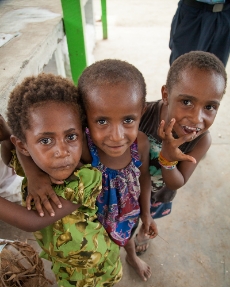
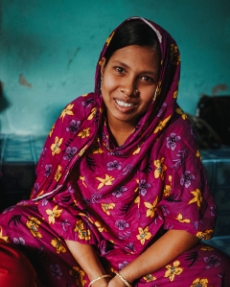
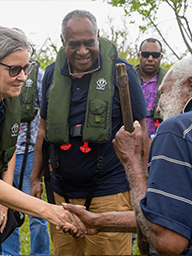










Why should we rebuild aid?
Two decades of progress fighting infectious diseases, empowering women and girls and building education and economic prosperity stalled when the Pandemic hit.
Now, overlapping challenges are hitting all at once.
– 1 in 5 children are living in conflict zones.
– 733 million people are chronically undernourished.
– Rising seas threaten our Pacific neighbours homes.
Decisions made by this generation can put the world back on the path to progress, peace and prosperity.
This is best for the world and best for Australia. But it won’t happen on its own.

we can do both
helping here & abroad
We can address our domestic challenges and support our neighbours simultaneously. The same factors driving the cost of living crisis here are causing severe poverty and instability abroad. By lifting our modest aid budget from 0.65% to just 1% of the Federal Budget, we can strengthen regional stability, unlock new economic opportunities, and still ensure that 99% of the budget remains focused on domestic priorities.
Ten of Australia’s top 15 export markets today are countries where we once provided aid, proving the long-term benefits of even a small increase. Supporting our neighbours is not just good for them; it’s good for Australia. But it won’t happen on its own.
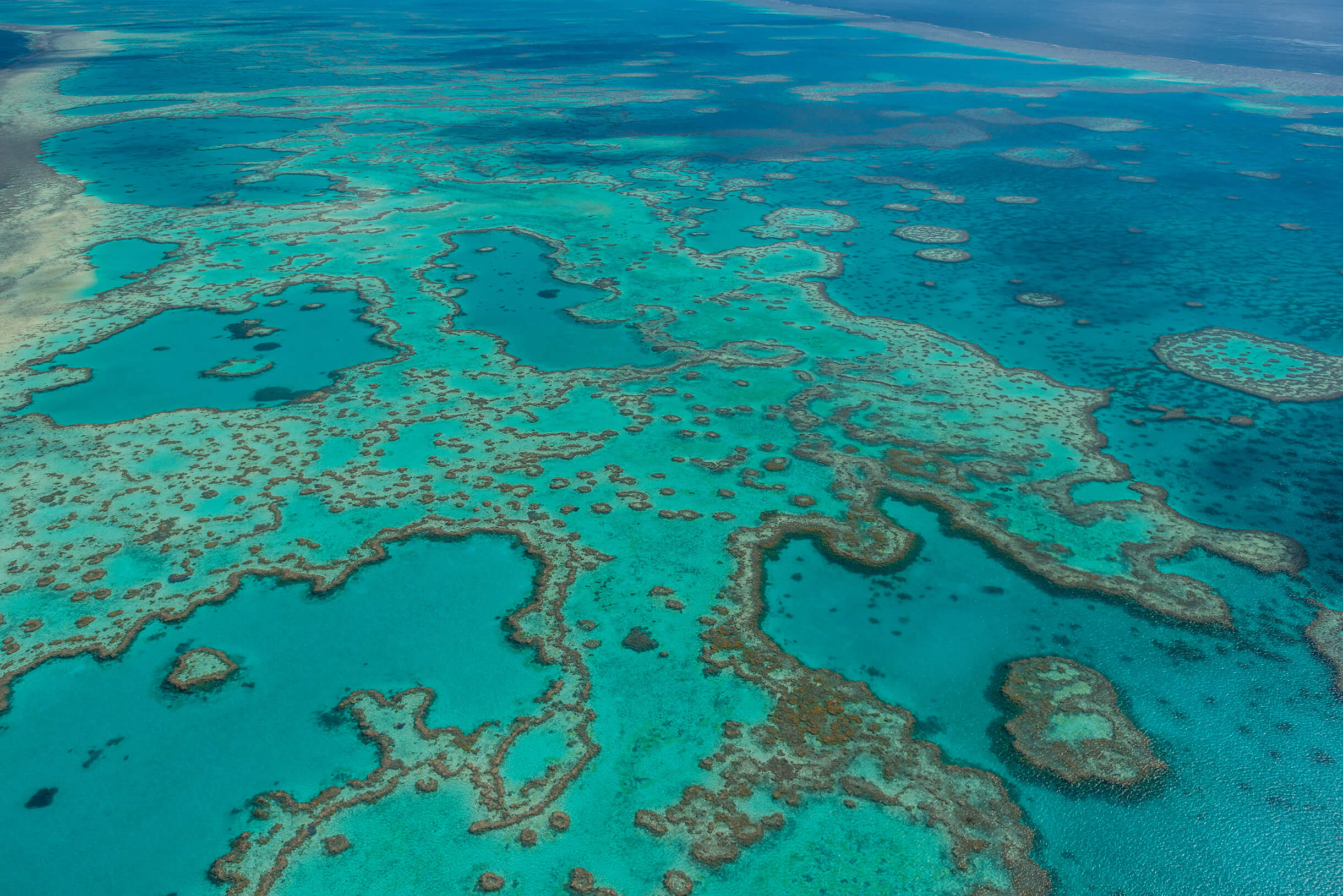
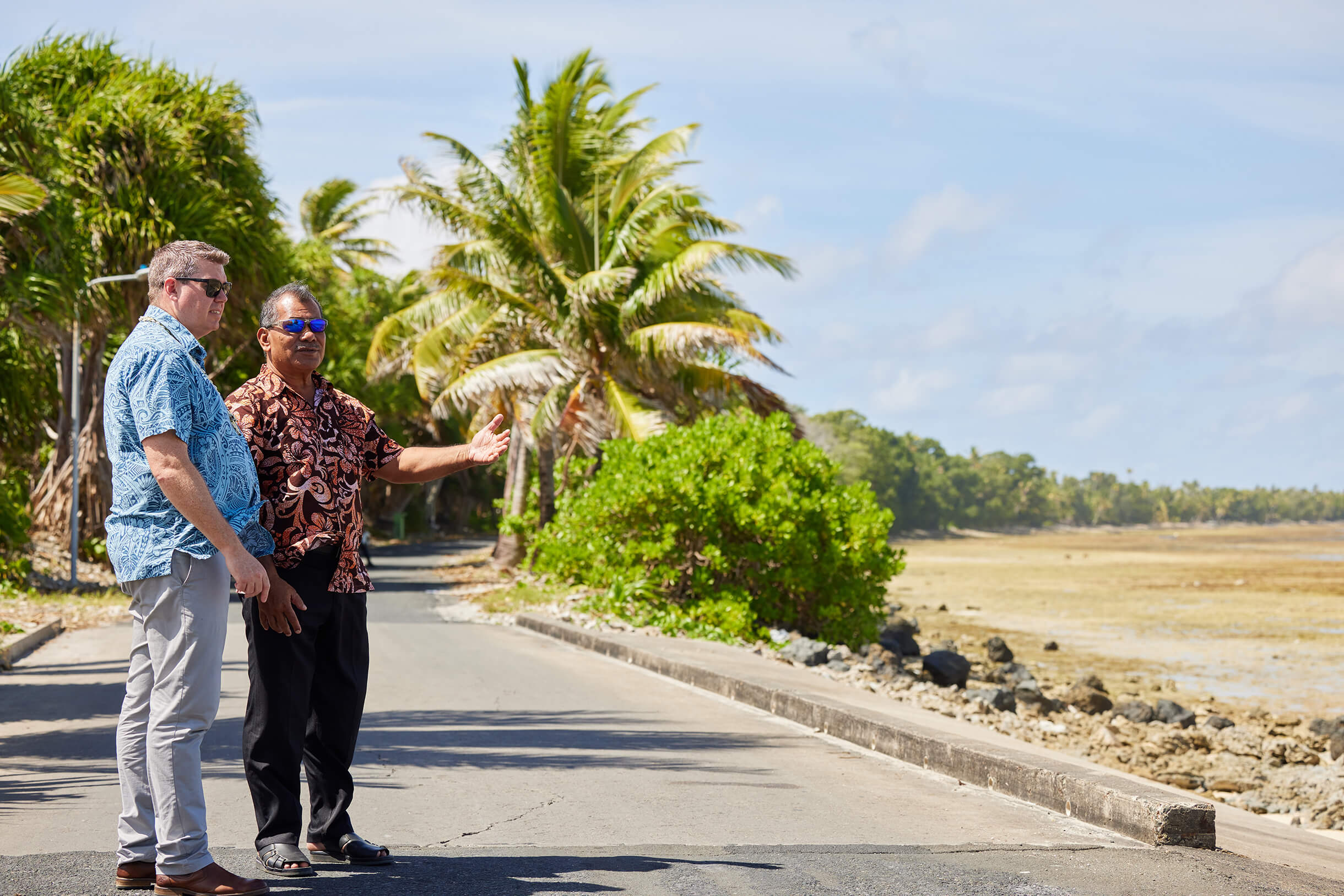
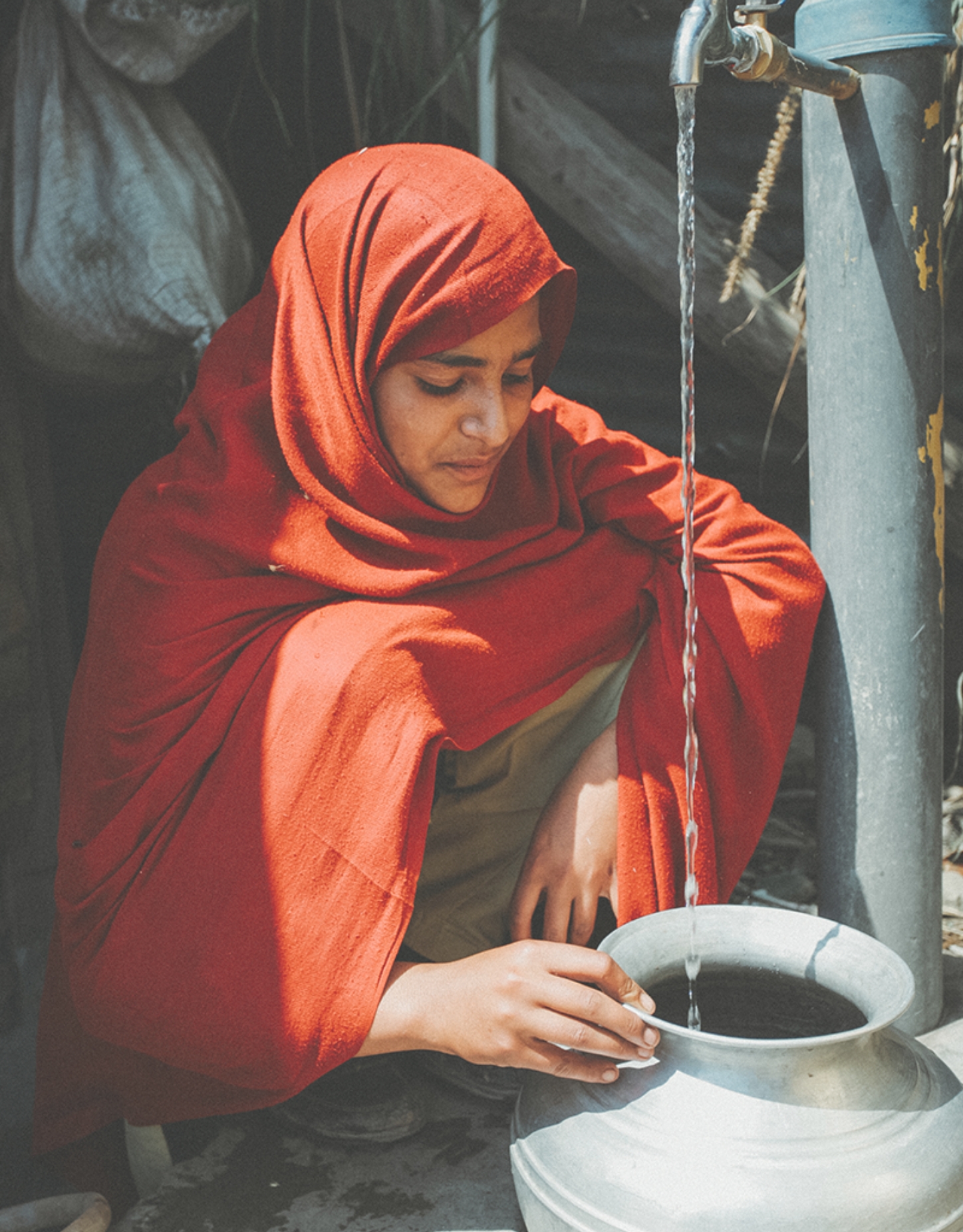
WE CAN build a Safer World for All. Take Action & Join our mailing list today.
CHURCHES PETITION
The Heads of Australia’s Christian denominations have written to our political leaders, urging them to rebuild Australian Aid. Christians across the nation are invited to add their name to make a powerful stand for compassion, justice, and a safer world for all
Safer World For All is Backed by:


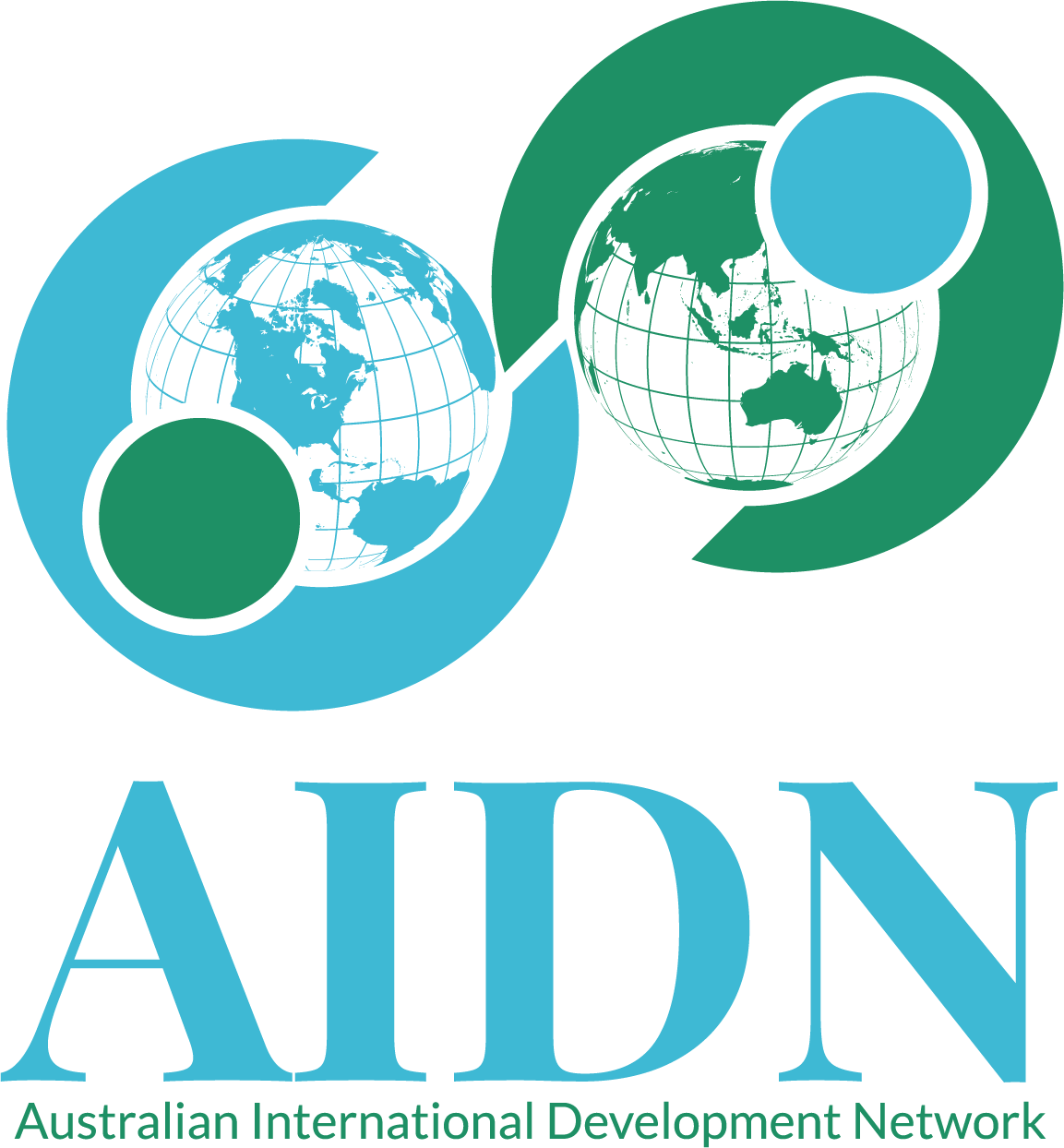


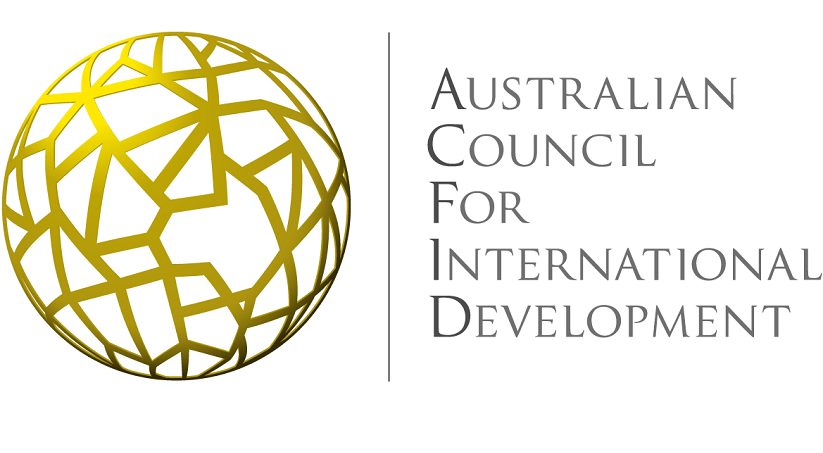
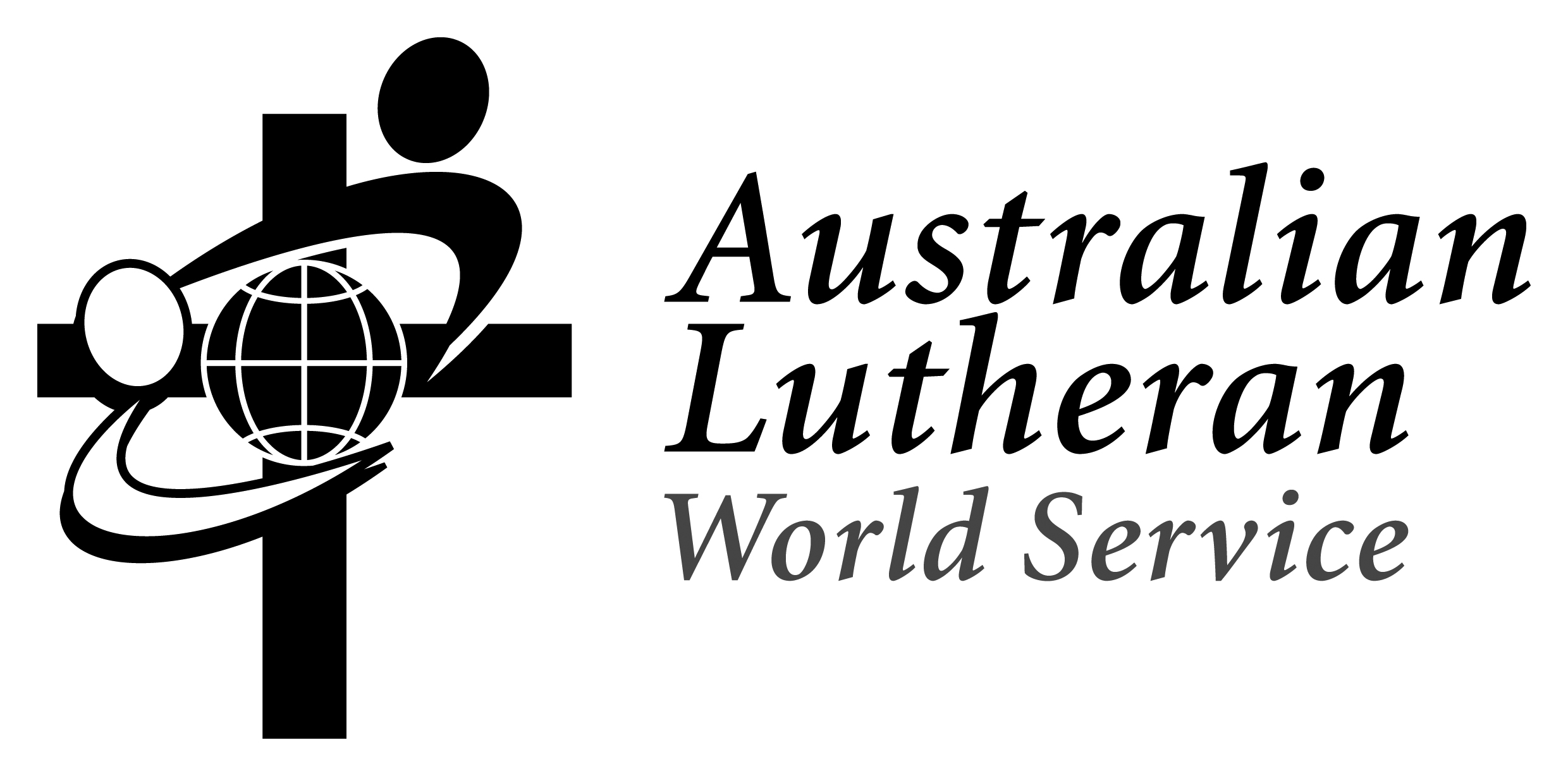











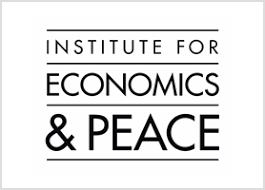

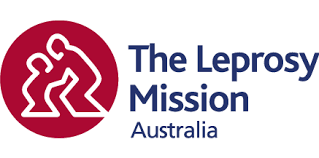



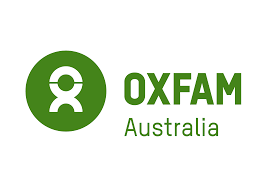
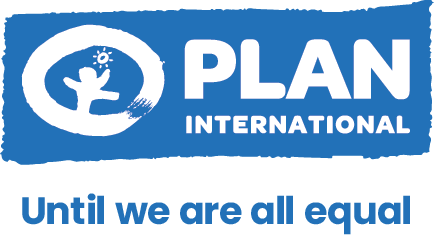






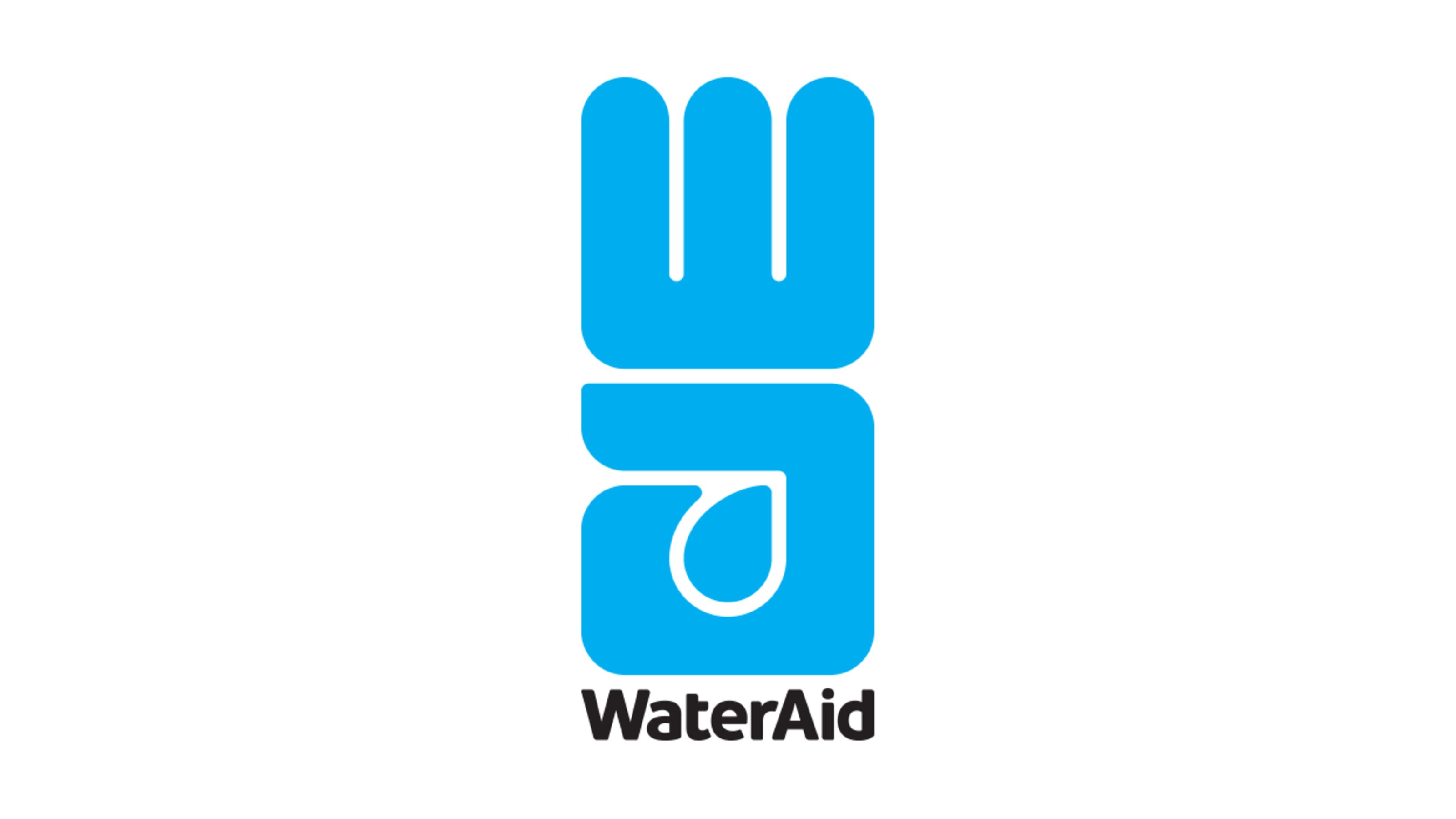

![[2017] 350-logo-Australia (1)](https://saferworld.org.au/wp-content/uploads/2024/05/2017-350-logo-Australia-1.png)